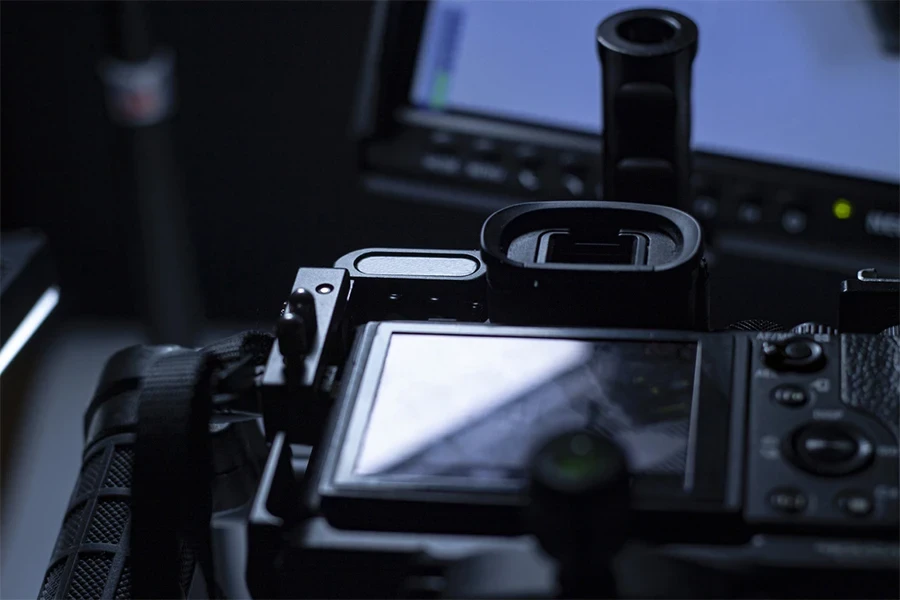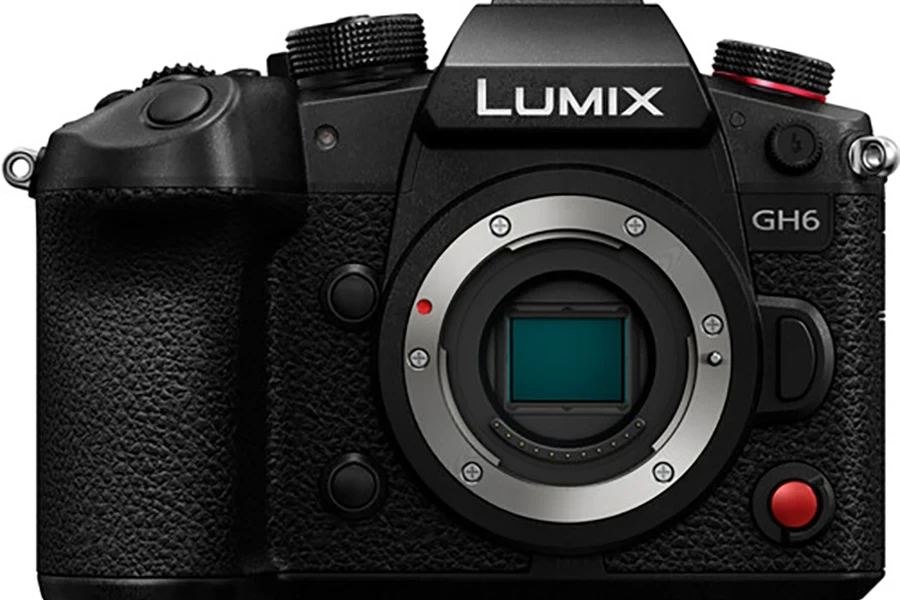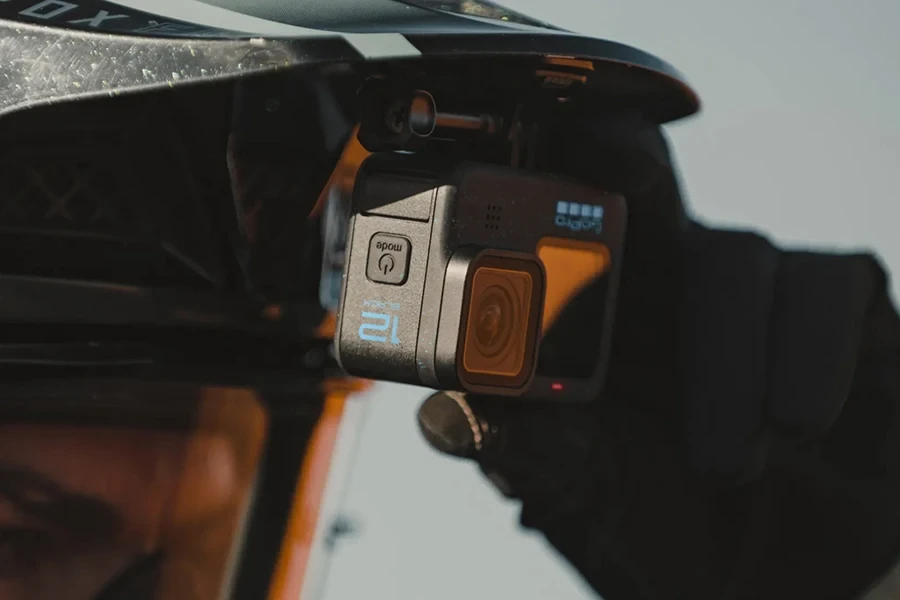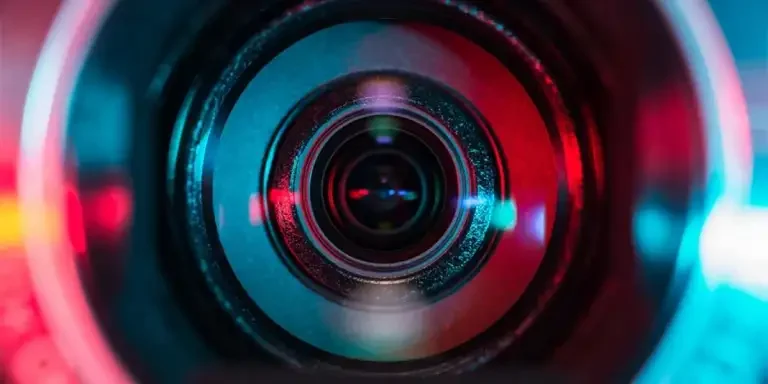In the fast-paced world of digital videography, the right video camera can be the linchpin of a successful online retail portfolio, offering customers the power to capture life’s moments with the clarity and creativity that was once the sole province of professionals. As we navigate through 2024, the latest video cameras not only serve as tools for documentation but also as gateways to immersive storytelling, enabling businesses to meet a spectrum of consumer demands, from razor-sharp commercial shoots to dynamic live streaming. Selecting the ideal models for your inventory hinges on understanding these devices’ capabilities to elevate content creation, ensuring your offerings resonate with the needs of a market that values both innovation and quality.
Table of Contents:
1. Video camera market snapshot: 2024 trends
2. Key considerations for selecting video cameras
3. Top video camera picks for online retailers
1. Video camera market snapshot: 2024 trends
As we pivot into 2024, the video camera market is brimming with innovation, driven by emerging technologies and shifting consumer preferences. The professional video camera market is experiencing a significant surge, with experts currently valuing it at USD 35.38 billion. This robust market is projected to accrue a value of USD 43.07 billion by 2030, as reported by Kings Research. This growth trajectory suggests a compound annual growth rate (CAGR) that reflects the industry’s rapid expansion and the increasing demand for high-resolution video content across various sectors, including television, movies, music, corporate, and educational videos.

Emerging video camera technologies
The year 2024 is poised to be a landmark for video camera technology. With advancements in sensor design, we’re seeing cameras capable of capturing images in unprecedented detail, even in low-light conditions. Enhanced stabilization features are making it easier for users to shoot smooth, professional-grade footage without the need for bulky rigs. Moreover, the integration of AI is revolutionizing how cameras track movement and focus, enabling creators to capture dynamic scenes with precision.
Market demand and consumer preferences
Consumer demand is skewing towards cameras that offer both high-quality output and user-friendly interfaces. There’s a growing expectation for cameras to be ‘smart’—with features like live streaming, cloud connectivity, and multi-platform compatibility becoming standard. Retailers are noting a preference for modular designs, allowing users to customize their gear to fit various shooting scenarios.

Impact of 2024 innovations on camera selection
The innovations of 2024 are not just shaping consumer behavior but are also dictating how retailers stock their shelves. With the introduction of features like 6K and 8K video recording, retailers must now consider not just the resolution but the entire ecosystem that supports such high-quality footage, including storage solutions and editing software. The rise of virtual reality and 360-degree cameras is also prompting retailers to diversify their offerings to include these niche yet increasingly popular products.
The landscape of video cameras in 2024 is one where technology meets creativity, and for online retailers, the ability to navigate this terrain with an informed eye is more crucial than ever.
2. Key considerations for selecting video cameras
In the realm of professional video cameras, discerning the right product hinges on a myriad of technical facets that can profoundly impact the end result. For retailers, understanding these nuances is not just about stocking up—it’s about providing value that aligns with the evolving needs of a diverse clientele.

Assessing video resolution and frame rates
Resolution and frame rates stand as the twin pillars of video clarity and fluidity. In 2024, the standard has been elevated, with 4K becoming the baseline and 8K resolution cameras entering the mainstream, catering to a market that’s hungry for ultra-high-definition content. Frame rates, too, have seen an uptick, with high-frame-rate (HFR) options ensuring that even the most rapid movements are captured with a silk-like smoothness. Retailers must calibrate their offerings to these benchmarks, ensuring that their product lineup meets the expectations of a quality-discerning customer base.
Evaluating camera sensor size and type
The sensor is the heart of a video camera, its size and type dictate the quality of the image captured. Larger sensors are the trend, with full-frame and even medium-format sensors becoming more prevalent in professional video cameras. These allow for greater light capture and depth of field control, which is crucial for achieving cinematic quality. Retailers should prioritize a range that includes various sensor sizes, catering to both high-end cinematic creators and guerrilla filmmakers who require versatility in various lighting conditions.
Understanding the importance of connectivity options
Connectivity has transcended being a mere feature to become a central aspect of modern video cameras. With the rise of live streaming and the need for swift content transfer, cameras now come equipped with advanced connectivity options like Wi-Fi, Bluetooth, and even 5G capabilities. Retailers must ensure that their selections can seamlessly integrate into the interconnected ecosystems that professionals operate within.

Considering usability and form factors for client needs
Finally, the usability and form factor of video cameras can be the deciding factor for purchase. Cameras that marry high functionality with user-friendly interfaces are in demand. The form factor also plays a significant role, with preferences varying from compact, mirrorless designs for on-the-go shooting to more robust, shoulder-mounted units for traditional setups. Retailers must consider the use case scenarios of their clients, stocking a variety that encompasses both ends of the spectrum and everything in between.
In conclusion, the selection of video cameras in 2024 is less about the specs and more about the story they enable users to tell. For retailers, the key lies in curating a selection that not only meets the technical advancements of the time but also the creative aspirations of the end-users.
3. Top video camera picks for online retailers
Navigating the video camera market for online retailers means identifying products that not only stand out in quality but also in value. The year 2024 has seen a plethora of models that cater to a wide range of professional needs, from high-end cinematic equipment to budget-friendly options for burgeoning businesses.
Leading models for professional quality: A comparative analysis
For professionals seeking the zenith of video quality, the market offers cameras like the Panasonic Lumix GH6 and the Sony A7S III, each with its own set of cutting-edge features. The GH6 is lauded for its 5.7K video capabilities, while the A7S III is a low-light marvel with an impressive ISO range. Retailers should weigh these models against consumer needs, balancing cost against performance for a well-rounded inventory.

Budget-friendly cameras for startups and SMEs
Startups and small to medium enterprises often seek quality that doesn’t break the bank. Cameras such as the Panasonic GH5 Mark II emerge as frontrunners, offering live streaming capabilities and robust video features at a more accessible price point. These models are a testament to the industry’s ability to offer professional-grade technology without the professional-grade price tag.
Specialty cameras: Drones, action cams, and 360-degree cameras
Specialty cameras have carved out their own niche in the video camera market. Drones like the DJI Mavic series provide aerial footage options, action cams such as the GoPro HERO series cater to the adventurous, and 360-degree cameras open up new realms of creativity. Retailers can capitalize on these trends to cater to specific consumer interests and applications.

The rise of 6K and 8K: Is higher resolution better for your customers?
The push towards 6K and 8K resolutions is undeniable, but the question for retailers is whether higher resolution translates to better sales. While these cameras offer unparalleled detail and future-proofing content, they also demand more from the user’s existing infrastructure. Retailers must consider if their clientele is ready to embrace the high-resolution wave or if they would benefit more from the current industry standard of 4K.
Conclusion
The video camera market in 2024 presents a diverse landscape of options, from high-resolution behemoths to agile, budget-friendly workhorses. For online retailers, the challenge lies in curating a selection that not only reflects the technological advancements of the era but also aligns with the practical needs and aspirations of their professional clientele. By understanding and anticipating these needs, retailers can position themselves as trusted advisors in an ever-evolving market, ensuring their offerings resonate with both the current demand and the emerging trends of the video camera industry.




